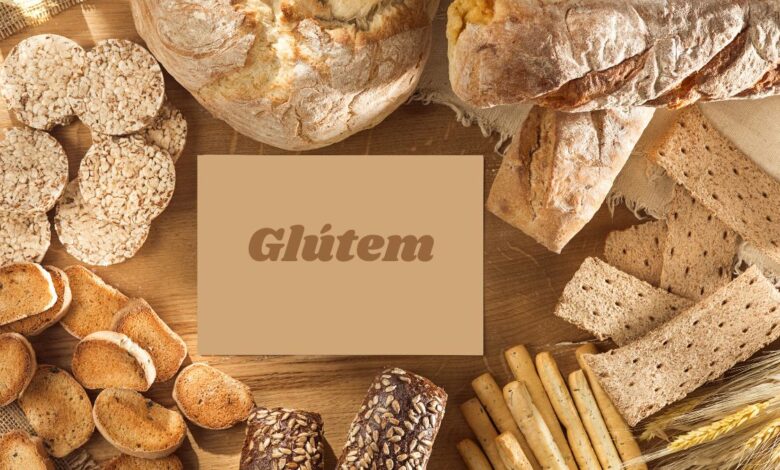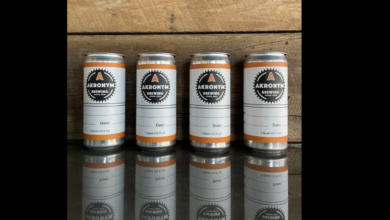Comprehensive Guide to Glútem: Benefits, Exercises, and Nutrition

Introduction
Glutes, often referred to as the powerhouse of the lower body, play a crucial role in various aspects of movement and strength. Understanding the significance of strong glutes goes beyond aesthetics; glútem it encompasses athletic performance, injury prevention, and overall body functionality. This comprehensive guide will take you through the anatomy, benefits, exercises, and nutrition necessary for optimal glute development.
Understanding Glute Muscles
The glutes are comprised of three main muscles:
Gluteus Maximus: The largest and most superficial of the glute muscles, glútem responsible for the shape of your buttocks and major movements like hip extension and external rotation.
Gluteus Medius: Located on the outer surface of the pelvis, this muscle is crucial for hip abduction and stabilizing the pelvis during activities like walking and running.
Gluteus Minimus: The smallest and deepest glute muscle, assisting the gluteus medius in hip abduction and internal rotation.
Benefits of Strong Glutes
Athletic Performance: Strong glutes enhance power, speed, and agility, contributing to better performance in sports and physical activities.
Injury Prevention: Well-developed glutes help maintain proper alignment of the hips and pelvis, reducing the risk of injuries in the lower back, knees, and hips.
Aesthetics: A well-toned backside is often a desired physical attribute, contributing to a balanced and attractive physique.
Common Myths About Glute Training
Spot Reduction Myth: It’s impossible to reduce fat in one specific area through targeted exercises. Overall fat loss combined with muscle building is necessary for visible results.
Gender-Specific Training Misconceptions: Both men and women benefit from glute training, glútem and the principles of effective workouts are similar regardless of gender.
Effective Glute Exercises
Squats: A foundational exercise that targets the glutes, quads, and hamstrings. glútem Variations include back squats, front squats, and sumo squats.
Deadlifts: Focus on the glutes, hamstrings, and lower back. Conventional, sumo, and Romanian deadlifts are popular variations.
Lunges: Single-leg movements that enhance balance and strength. Variations include walking lunges, reverse lunges, and lateral lunges.
Advanced Glute Exercises
Hip Thrusts: Highly effective for isolating the glutes. Can be performed with a barbell or bodyweight.
Bulgarian Split Squats: Elevating the rear leg increases the load on the front leg, intensifying the glute and quad activation.
Glute Bridges: Similar to hip thrusts but performed on the ground. Great for beginners and advanced lifters alike.
Bodyweight Glute Workouts
Bodyweight exercises are perfect for home workouts or when equipment is not available. glútem Effective routines include variations of squats, lunges, and bridges.
Incorporating Weights in Glute Training
Using weights increases resistance, promoting muscle growth. Progressive overload, glútem the gradual increase of weight or resistance, is key to continuous improvement.
Importance of Form and Technique
Proper form and technique are essential to avoid injuries and maximize the effectiveness of glute exercises. Focus on controlled movements and full range of motion.
Glute Activation Techniques
Warming up the glutes before workouts ensures they are engaged and ready for the exercises. Activation exercises include band walks, clamshells, and donkey kicks.
Glute Stretching and Flexibility
Post-workout stretching helps maintain flexibility and prevent muscle tightness. glútem Incorporate yoga poses like pigeon pose and figure-four stretch for optimal results.
Nutrition for Glute Growth
Macronutrients: Balanced intake of carbohydrates, proteins, and fats supports muscle growth and recovery.
Protein Intake: Essential for muscle repair and growth. Include sources like lean meats, fish, eggs, and plant-based proteins in your diet.
Supplements: Consider supplements like protein powders and BCAAs to meet nutritional needs and enhance muscle development.
Common Mistakes in Glute Training
Overtraining: More isn’t always better. Allow adequate rest between intense workout sessions to prevent overtraining.
Neglecting Recovery: Recovery is as important as the workout itself. Ensure you get enough sleep, hydration, and nutrition to support muscle repair.
Recovery and Rest for Glute Development
Importance of Rest: Muscles grow during rest, not just during exercise. Incorporate rest days into your training schedule.
Active Recovery Methods: Engage in light activities like walking or stretching to promote blood flow and aid recovery without straining the muscles.
Creating a Balanced Glute Workout Plan
A balanced plan includes a mix of compound and isolation exercises, glútem varying intensities, and adequate rest. Track progress and adjust the routine as needed.
Glute Training for Different Fitness Levels
Beginner: Start with basic exercises like bodyweight squats and bridges, gradually introducing weights.
Intermediate: Incorporate more challenging movements like lunges and hip thrusts with moderate weights.
Advanced: Focus on heavy lifting, advanced exercises, and fine-tuning form and technique for maximal gains.
Gender Differences in Glute Training
While the fundamentals of glute training apply to all, women might focus more on lower body strength and aesthetics, while men might incorporate more compound lifts for overall power.
Role of Genetics in Glute Development
Genetics play a role in muscle shape and size, but consistent training and proper nutrition can maximize your genetic potential.
Glute Training and Overall Fitness
Strong glutes contribute to overall fitness by improving posture, glútem balance, and functional movements used in daily activities.
Frequently Asked Questions
What are the best exercises for glutes? Squats, deadlifts, lunges, hip thrusts, and glute bridges are among the most effective exercises.
How often should I train my glutes? Training 2-3 times a week is optimal for most individuals, allowing for adequate recovery.
Do I need weights for effective glute training? While weights can enhance results, bodyweight exercises are also effective for building strength and muscle.
Can I train my glutes every day? It’s important to allow rest days for recovery. Training every day can lead to overtraining and injury.
How long does it take to see results in glute development? Visible results typically appear after consistent training and proper nutrition for 8-12 weeks.
Is it normal for glutes to be sore after workouts? Yes, muscle soreness is common, glútem especially if you’re new to glute training or have increased workout intensity.
Conclusion
Building strong glutes requires a combination of effective exercises, proper nutrition, and adequate recovery. Whether you’re aiming for improved athletic performance, injury prevention, or aesthetic goals, understanding and implementing a comprehensive glute training plan will help you achieve your desired results.


